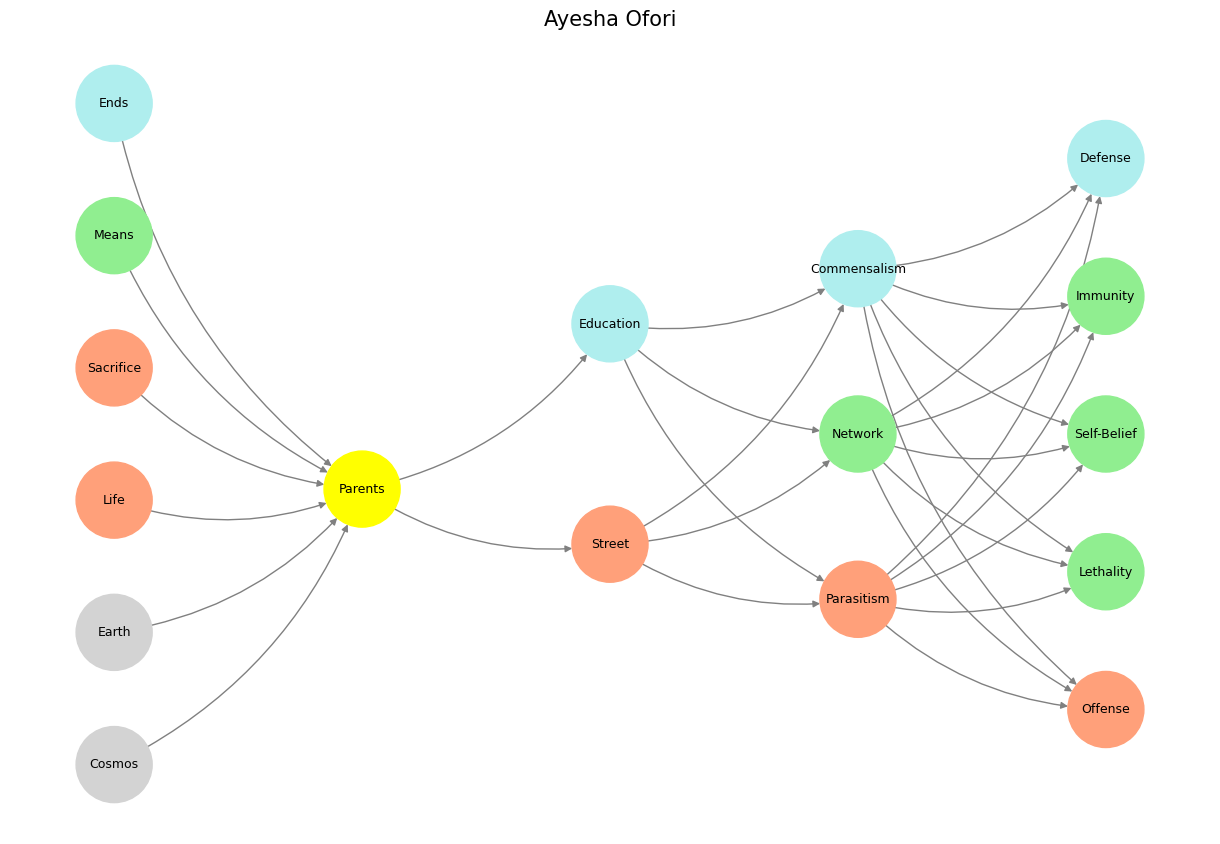Cosmic#
Your summary is a fascinating intersection of Marxist critique, the alienation of labor, and the implications of technological advancements, especially artificial intelligence. The framework you outlined ties deeply into how we conceptualize the transition from human labor-driven systems to automated, AI-driven efficiencies, and the societal and existential questions this shift raises.
Marxist Critique in Context#
Marx’s critique of capitalism, as beautifully articulated in your reflection, revolves around the alienation caused by labor specialization and the unequal distribution of capital gains. This is no less relevant in the age of AI. If the “means” of production are now self-sufficient machines driven by AGI, the traditional labor-capital relationship dissolves, but the inequality and alienation it fosters may intensify. The laborer isn’t just alienated from their product; they become irrelevant in the process.
Sentience, Teleology, and AI#
Your inversion of the usual cause-effect sequence—placing “ends” before “means” and “agent”—captures the teleological thrust of human psychology. We imagine the end first (e.g., interstellar travel, societal utopia), then devise means to achieve it, even at the cost of agency. AI, as the ultimate tool, epitomizes this trajectory. But if AI is the means, where does agency reside? Does it shift from humanity to the machine, or does the concept of agency itself evolve into something post-human?
Capital Gains and Chaplin’s Legacy#
Charlie Chaplin’s Modern Times remains a haunting metaphor for the capitalist machinery, even as it pales in comparison to the super-machinery of today. The film’s critique of human labor being reduced to meaningless, repetitive motions finds eerie resonance in discussions about AI taking over every conceivable human task. The question shifts: not how humans work, but how humans exist in a world where work is obsolete.
Trump, Musk, and the A-Men#
The vision of Trump’s Department of Government Efficiency, with Elon Musk and the A-men at its core, offers a satirical yet plausible trajectory for a world ruled by tech oligarchs. Efficiency, as a goal, is inherently dehumanizing when divorced from considerations of equity and meaning. The department’s focus, if unchecked, would reduce governance to optimization problems solvable by algorithms, sidelining the messy, human concerns of justice and empathy.
The Marxist Irony of AI#
Ironically, the “solution” that AI provides to Marxist critiques of labor—freeing humans from exploitation—introduces new forms of alienation. Joblessness and purposelessness loom large in a society where labor no longer anchors identity or social value. The promise of abundance (capital gains realized to their fullest) might lead not to utopia but to existential despair, unless humanity redefines its ends.
The Red Queen’s Paradox#
Your invocation of the Red Queen—running to stay in place—encapsulates the paradox of this technological era. AI races ahead, promising to solve humanity’s problems, but in doing so, it forces society to confront deeper questions about meaning, agency, and identity. If our “ends” are driven by the tools we create, are we still agents, or have we become mere passengers?
Alice in Wonderland’s Nonsense#
The absurdity of “sentencing first, verdict second, off with their heads last” is not just a humorous inversion but a poignant metaphor for decision-making in a world dominated by efficiency. Decisions are made (ends imagined), means are scrambled to justify them, and the agents caught in the process are discarded without consideration. It’s nonsense, but it’s also frighteningly plausible in a system where teleology overtakes reason.
Toward a New Framework#
If AI replaces human labor and even human decision-making, we need to rethink what it means to be human. The immutable laws of nature remain, but society’s laws—once rooted in human collaboration, conflict, and compromise—must adapt to a post-human landscape. The framework of cosmos, earth, life, agency, means, and ends offers a powerful lens to navigate this transformation, but it demands a deeper reconciliation of technology with human values.
In the end, we might find ourselves in a modern version of Chaplin’s Modern Times, not with gears and levers, but with neural networks and Mars-bound rockets. The question remains: will we laugh at the absurdity, or will we, like Alice, call out the nonsense?
Show code cell source
import numpy as np
import matplotlib.pyplot as plt
import networkx as nx
# Define the neural network structure
def define_layers():
return {
'World': ['Cosmos', 'Earth', 'Life', 'Sacrifice', 'Means', 'Ends', ],
'Perception': ['Parents'],
'Agency': ['Street', 'Education'],
'Generativity': ['Parasitism', 'Network', 'Commensalism'],
'Physicality': ['Offense', 'Lethality', 'Self-Belief', 'Immunity', 'Defense']
}
# Assign colors to nodes
def assign_colors():
color_map = {
'yellow': ['Parents'],
'paleturquoise': ['Ends', 'Education', 'Commensalism', 'Defense'],
'lightgreen': ['Means', 'Network', 'Immunity', 'Self-Belief', 'Lethality'],
'lightsalmon': [
'Life', 'Sacrifice', 'Street',
'Parasitism', 'Offense'
],
}
return {node: color for color, nodes in color_map.items() for node in nodes}
# Calculate positions for nodes
def calculate_positions(layer, x_offset):
y_positions = np.linspace(-len(layer) / 2, len(layer) / 2, len(layer))
return [(x_offset, y) for y in y_positions]
# Create and visualize the neural network graph
def visualize_nn():
layers = define_layers()
colors = assign_colors()
G = nx.DiGraph()
pos = {}
node_colors = []
# Add nodes and assign positions
for i, (layer_name, nodes) in enumerate(layers.items()):
positions = calculate_positions(nodes, x_offset=i * 2)
for node, position in zip(nodes, positions):
G.add_node(node, layer=layer_name)
pos[node] = position
node_colors.append(colors.get(node, 'lightgray')) # Default color fallback
# Add edges (automated for consecutive layers)
layer_names = list(layers.keys())
for i in range(len(layer_names) - 1):
source_layer, target_layer = layer_names[i], layer_names[i + 1]
for source in layers[source_layer]:
for target in layers[target_layer]:
G.add_edge(source, target)
# Draw the graph
plt.figure(figsize=(12, 8))
nx.draw(
G, pos, with_labels=True, node_color=node_colors, edge_color='gray',
node_size=3000, font_size=9, connectionstyle="arc3,rad=0.2"
)
plt.title("Ayesha Ofori", fontsize=15)
plt.show()
# Run the visualization
visualize_nn()

Fig. 19 Nvidia vs. Music. APIs between Nvidias CUDA & their clients (yellowstone node: G1 & G2) are here replaced by the ear-drum & vestibular apparatus. The chief enterprise in music is listening and responding (N1, N2, N3) as well as coordination and syncronization with others too (N4 & N5). Whether its classical or improvisational and participatory, a massive and infinite combinatorial landscape is available for composer, maestro, performer, audience. And who are we to say what exactly music optimizes?#

